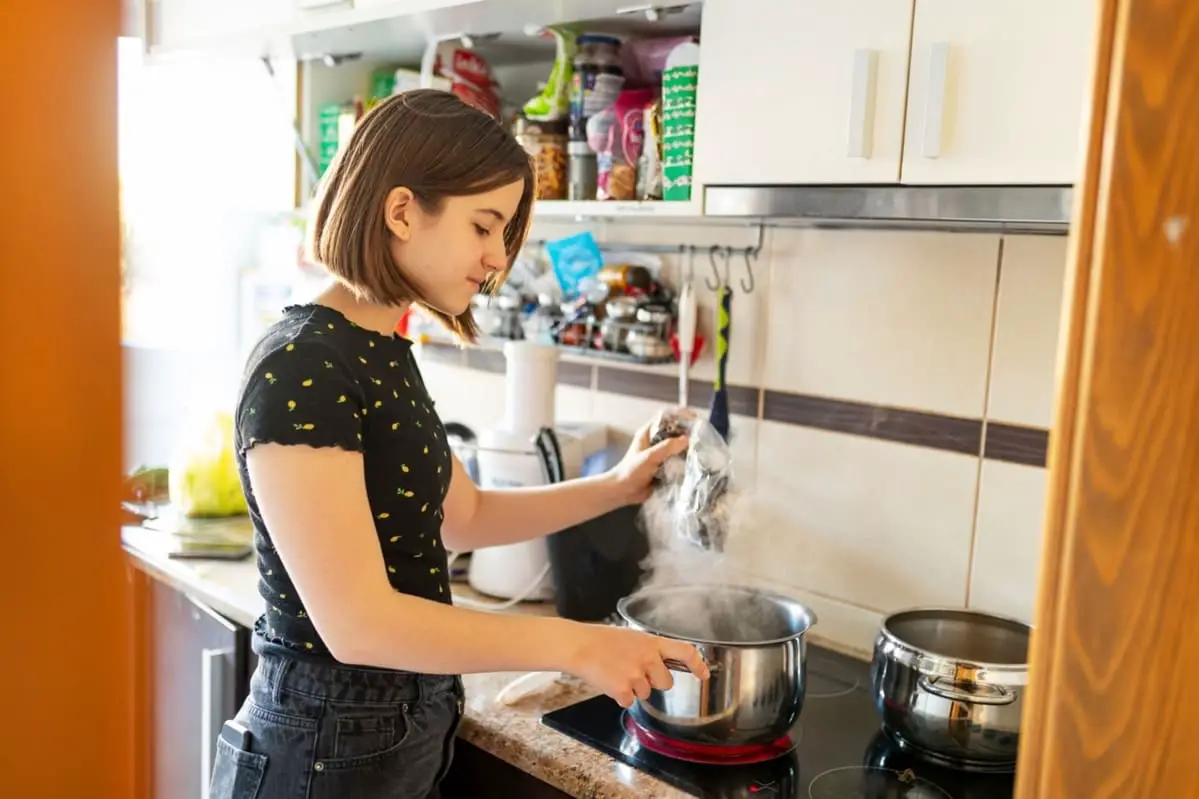

Articles
How Many Amps For Induction Cooktop
Modified: January 19, 2024
Looking for articles on how many amps are required for an induction cooktop? Get all the information you need in this comprehensive guide.
(Many of the links in this article redirect to a specific reviewed product. Your purchase of these products through affiliate links helps to generate commission for Storables.com, at no extra cost. Learn more)
Introduction
An induction cooktop is a popular choice for modern kitchens due to its fast heating, energy efficiency, and precise temperature control. However, before investing in an induction cooktop, it’s essential to understand the electricity requirements, particularly the amps needed to power the appliance.
In this article, we will delve into the world of induction cooktops and explore the significance of amps in their operation. We will discuss the factors that affect the amps required, how to determine the correct amp rating for your induction cooktop, and the importance of installing the proper electrical circuit. Additionally, we will touch upon common amp ratings for induction cooktops and provide troubleshooting tips for amp-related issues.
By the end of this article, you will have a comprehensive understanding of amps and induction cooktops, enabling you to make informed decisions when purchasing and installing your induction cooktop.
Key Takeaways:
- Understanding the amp requirements for your induction cooktop is crucial for optimal performance. Factors such as cooktop size, power levels, and circuit capacity play a significant role in determining the correct amp rating.
- Proper installation of the electrical circuit is essential to ensure safe and efficient operation of your induction cooktop. Consulting a qualified electrician for troubleshooting amp-related issues is highly recommended for a smooth cooking experience.
Read more: How Many Amps Does A Cooktop Use
Understanding Amps and Induction Cooktops
Before we delve into the specifics of amps required for induction cooktops, let’s first understand what amps are and their role in powering electrical appliances.
Amps, short for amperes, represent the measurement of electric current flowing through a circuit. It is a fundamental unit of electricity that determines the amount of power an appliance can draw from a power source. In simpler terms, amps indicate the rate of flow of electricity.
Induction cooktops work by generating an electromagnetic field that produces heat directly in the cookware. The energy required to create this electromagnetic field and power the heating elements of the cooktop is measured in amps.
Induction cooktops typically have a range of amp ratings, which determine their power consumption and performance. The amp rating provided by the manufacturer indicates the maximum amount of current the cooktop can draw from the power supply.
It is crucial to understand the amp rating of your induction cooktop to ensure it aligns with the electrical circuit in your home. Using a circuit with inadequate amp capacity may result in the cooktop not receiving sufficient power to function optimally, leading to inconsistent cooking results.
Now that we have a basic understanding of amps and their relevance to induction cooktops, let’s explore the factors that affect the amps required for these appliances in the next section.
Factors Affecting Amps Required for Induction Cooktops
Several factors come into play when determining the amps required for an induction cooktop. Knowing these factors will help you choose the right amp rating for your cooktop and ensure optimal performance. Let’s take a closer look at the key factors influencing the amps required for induction cooktops:
- Cooktop Size and Burner Configuration: The physical size of the cooktop and the number of burners it has can impact the amp requirement. Larger cooktops with more burners may require a higher amp rating to power multiple heating elements simultaneously.
- Power Levels and Boost Function: Induction cooktops offer various power levels and sometimes have a boost function that delivers extra heat for quick boiling or searing. Higher power levels and the use of the boost function may increase the amp demand.
- Cooking Habits and Usage: Your cooking habits and frequency of use can also affect the amp requirement. If you regularly cook with multiple burners at high power for extended periods, a higher amp-rating cooktop may be necessary to handle the load.
- Voltage Supply: The voltage supplied to your home can impact the amp requirement. Most residential homes have a standard 120-volt supply, while some may have 240-volt supply. Induction cooktops designed for 240-volt circuits have higher amp ratings compared to those made for 120-volt circuits.
- Circuit Capacity: The existing electrical circuit in your home plays a vital role in determining the amps you can accommodate. An induction cooktop requires a dedicated circuit with the appropriate amp rating. If your current circuit cannot handle the amp demand of the cooktop, you may need to upgrade the circuit or consider a lower amp-rated cooktop.
Considering these factors will help you assess the amp requirement for your induction cooktop accurately. Next, we will discuss how to determine the correct amp rating for your specific cooktop model.
Determining the Correct Amps for Your Induction Cooktop
When it comes to determining the correct amp rating for your induction cooktop, there are a few key steps you can follow to ensure you make the right choice. Let’s go through the process:
- Refer to the Manufacturer’s Specifications: The first step is to consult the manufacturer’s specifications for your specific induction cooktop model. The manufacturer will provide information regarding the required amp rating and voltage supply for optimal performance.
- Consider the Cooktop’s Features: Take into account the features of your induction cooktop, such as the number of burners, power levels, and any boost function. These features can affect the overall amp requirement.
- Assess Your Cooking Habits: Evaluate your typical cooking habits and usage patterns. Do you frequently cook with multiple burners at high heat settings? This information will help you gauge the potential amp demand of your cooktop.
- Check the Existing Electrical Circuit: Examine the electrical circuit in your kitchen to determine its maximum amp capacity. If you are unsure about the circuit’s capacity, consult a qualified electrician who can assess the circuit and provide guidance.
- Consider the Voltage Supply: Determine whether your home has a 120-volt or 240-volt supply. If your home has a 240-volt supply, you may have more amp options available compared to a 120-volt supply.
- Seek Professional Advice: If you’re still unsure about the correct amp rating for your induction cooktop, it’s always advisable to consult a qualified electrician who can assess your specific requirements and recommend the appropriate amp rating for your cooktop model.
By following these steps, you can ensure that you choose the correct amp rating for your induction cooktop, allowing it to function efficiently and safely.
Next, let’s discuss some common amp ratings for induction cooktops as a point of reference.
When choosing an induction cooktop, consider the power requirements. Most induction cooktops require 30-40 amps, so make sure your electrical system can support it. Always consult a professional electrician for installation.
Common Amp Ratings for Induction Cooktops
Induction cooktops come in various amp ratings, each designed to cater to different power needs and cooking requirements. While specific amp ratings may vary depending on the manufacturer and model, there are some common amp ranges that you’ll typically come across. Here are a few examples:
- 15-20 Amps: Induction cooktops in this range are designed for smaller units with fewer burners and lower power requirements. They are suitable for light or occasional cooking.
- 30-40 Amps: Cooktops falling in this range are more versatile and can handle moderate to heavy cooking tasks. They are capable of powering multiple burners simultaneously and offer a wider range of power settings.
- 40-50 Amps: Induction cooktops rated at 40-50 amps are typically found in larger, high-end models. They provide ample power for intense cooking needs, such as boiling water quickly or high-temperature searing.
- 60 Amps and Above: Cooktops with amp ratings of 60 amps or higher are considered heavy-duty and are commonly used in commercial settings. These cooktops can handle continuous and demanding cooking tasks.
It’s important to note that these amp ratings are general guidelines and can vary depending on the specific cooktop model. Always refer to the manufacturer’s specifications for accurate information regarding the amp rating of your desired induction cooktop.
Now that you have an idea of common amp ratings, let’s discuss the importance of installing the proper electrical circuit for your induction cooktop.
Read more: How Many Amps Are In A Dryer
Installing the Proper Electrical Circuit for Your Induction Cooktop
Installing the proper electrical circuit for your induction cooktop is crucial to ensure its safe and efficient operation. Here are some important considerations when it comes to the electrical circuit installation:
- Dedicated Circuit: An induction cooktop requires a dedicated circuit, meaning it should be the only appliance connected to that circuit. This allows the cooktop to draw the necessary amperage without overloading the circuit.
- Amp Rating: Determine the amp rating required for your specific induction cooktop. To ensure optimal performance, it is necessary to have a circuit that can handle the amp demand of the cooktop. If your cooktop requires a higher amp rating, you may need to upgrade your existing electrical service.
- Wire Size: The wire size should match the amp rating of the cooktop. A thicker wire gauge is needed for higher amp ratings. It’s important to consult the National Electrical Code (NEC) guidelines or seek the assistance of a qualified electrician to determine the appropriate wire size for your induction cooktop.
- Breaker Size: The circuit breaker protects the wiring from an overload that could potentially cause damage or create a safety hazard. It is essential to select a breaker size that matches the amp rating of the cooktop. Adhering to the NEC guidelines or seeking professional advice is recommended in this regard.
- Voltage Supply: Ensure that the voltage supply in your home matches the requirements of your induction cooktop model. Some cooktops are designed for 120-volt circuits while others require a 240-volt power supply. It’s important to verify the voltage compatibility to prevent any electrical issues.
- Hire a Professional: It is highly recommended to hire a qualified electrician to install the proper electrical circuit for your induction cooktop. They have the expertise and knowledge to ensure compliance with electrical codes and regulations, providing you with a safe and reliable cooking environment.
By following these guidelines and consulting a professional electrician, you can ensure that your induction cooktop is installed with the appropriate electrical circuit, promoting safe and efficient operation.
In the next section, we will discuss common amp-related issues that you may encounter with induction cooktops and how to troubleshoot them.
Troubleshooting Amp-related Issues with Induction Cooktops
While induction cooktops are generally reliable and efficient, there may be instances where you encounter amp-related issues. Understanding these issues and knowing how to troubleshoot them can help you resolve the problem and ensure smooth operation. Let’s take a look at some common amp-related issues and their potential solutions:
- Tripped Circuit Breaker: If the circuit breaker associated with your induction cooktop trips frequently, it may indicate that the amp demand exceeds the capacity of the electrical circuit. Consider upgrading the circuit to handle a higher amp rating or reducing the load on the cooktop by using fewer burners or lowering the power settings.
- Inconsistent Heating: If your induction cooktop is not heating consistently or the heat output is lower than expected, it could be due to inadequate amp supply. Ensure that your cooktop is connected to a dedicated circuit with the appropriate amp rating. If the issue persists, consult a qualified electrician to assess and resolve the problem.
- Overheating and Shutting Down: Overheating and unexpected shutdowns can occur if the cooktop’s amp demand exceeds the circuit’s capacity. Verify that the circuit can handle the required amp rating and consider reducing the load on the cooktop if necessary.
- Flickering Lights or Voltage Drop: If you notice flickering lights or experience a significant drop in voltage when the cooktop is in use, it may indicate that the amp demand is too high for the circuit. Consult an electrician to assess the circuit and make any necessary adjustments or upgrades.
- Wiring Issues: Faulty or inadequate wiring can lead to amp-related problems. Ensure that the wiring connecting the cooktop to the electrical circuit is properly installed and meets the required amp rating. If you suspect wiring issues, it’s best to consult a professional for inspection and repairs.
It’s important to note that dealing with electrical issues can be complex and potentially dangerous. If you are not experienced in electrical work, it is always recommended to seek the assistance of a qualified electrician to diagnose and resolve amp-related issues with your induction cooktop.
Now that we have covered troubleshooting amp-related issues, let’s conclude our discussion on amps and induction cooktops.
Conclusion
Understanding the role of amps in powering induction cooktops is essential for choosing the right appliance for your kitchen and ensuring its optimal performance. By considering factors such as cooktop size, power levels, cooking habits, voltage supply, and circuit capacity, you can determine the correct amp rating for your induction cooktop.
Installing the proper electrical circuit is crucial to provide your induction cooktop with the necessary power supply. A dedicated circuit, matching wire size, appropriate breaker size, and compatible voltage supply are essential to ensure safe and efficient operation.
If you encounter amp-related issues such as tripped circuit breakers, inconsistent heating, or voltage fluctuations, it is recommended to consult a qualified electrician for troubleshooting and resolving the problem. Dealing with electrical issues can be complex and potentially hazardous, so professional assistance is the best course of action.
As technology advances, induction cooktops continue to grow in popularity for their fast and efficient cooking capabilities. By understanding the significance of amps and properly installing the electrical circuit, you can enjoy the benefits of precise temperature control, energy efficiency, and rapid heat-up times that induction cooktops offer.
Remember, if you have any doubts or uncertainties regarding amp ratings or electrical installations, always consult a professional electrician who can provide expert advice and ensure your induction cooktop operates safely and efficiently.
With this knowledge in hand, you are now equipped to make informed decisions when it comes to choosing, installing, and troubleshooting induction cooktops based on their required amp ratings.
Frequently Asked Questions about How Many Amps For Induction Cooktop
Was this page helpful?
At Storables.com, we guarantee accurate and reliable information. Our content, validated by Expert Board Contributors, is crafted following stringent Editorial Policies. We're committed to providing you with well-researched, expert-backed insights for all your informational needs.
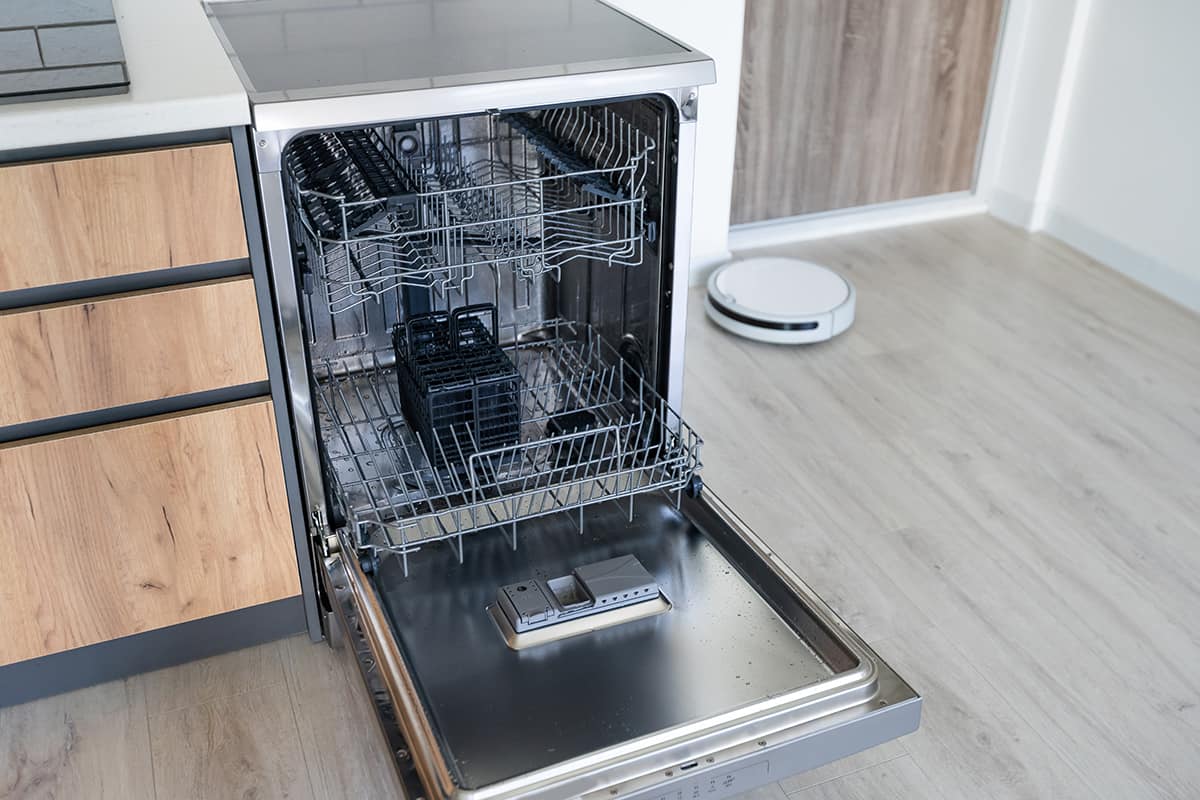
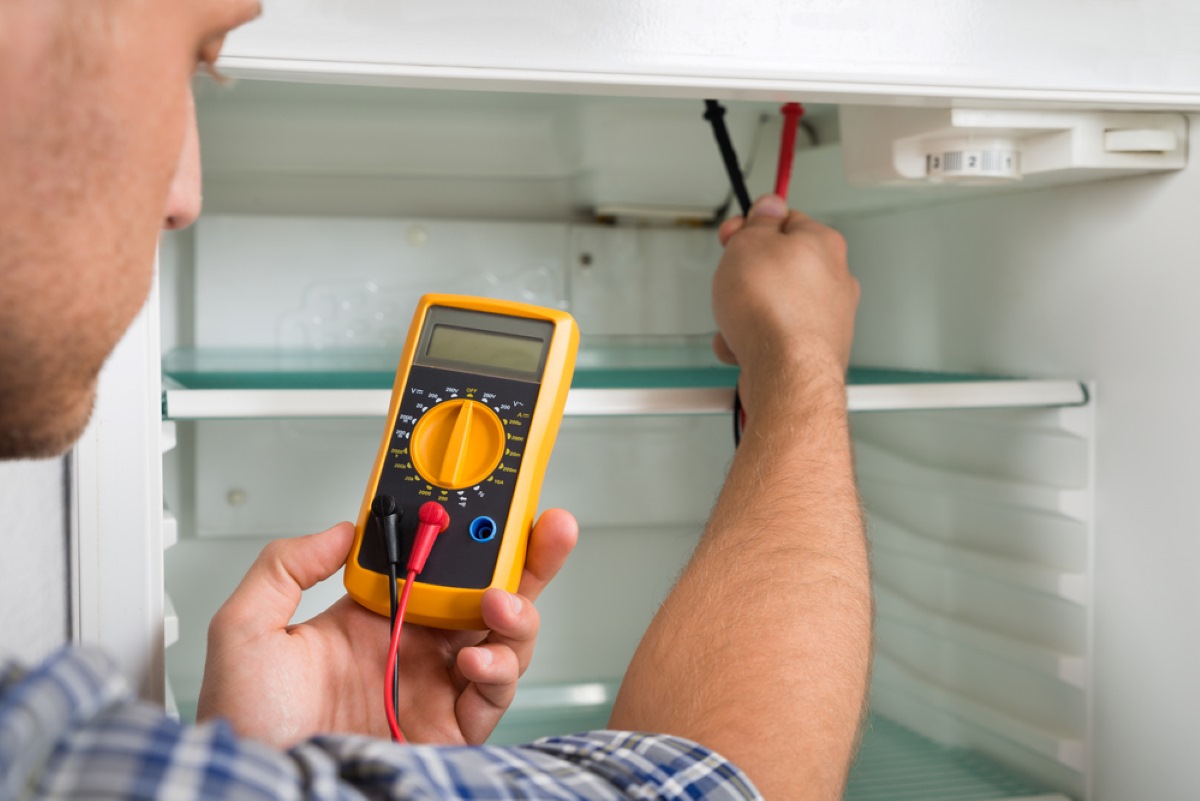
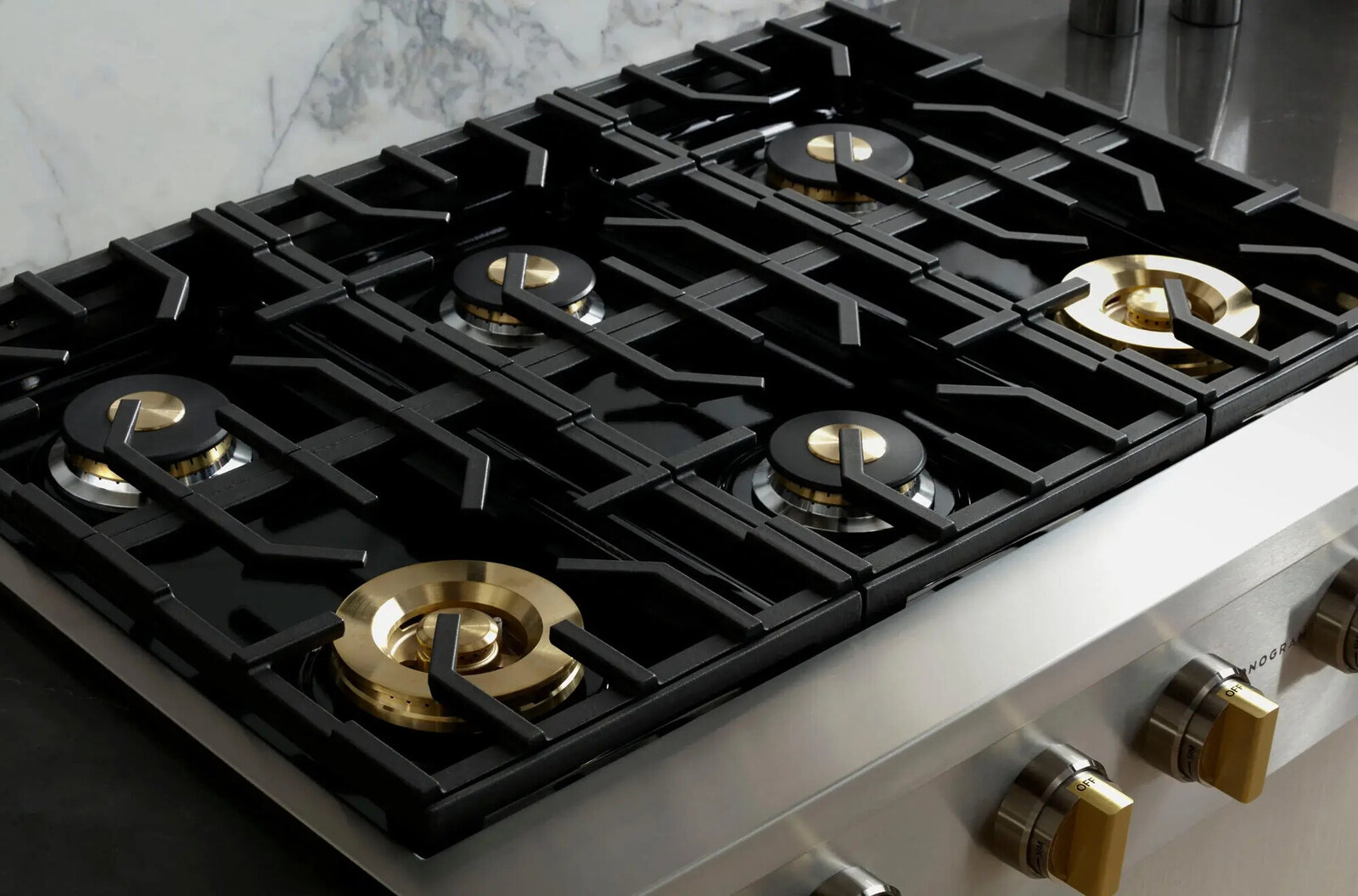
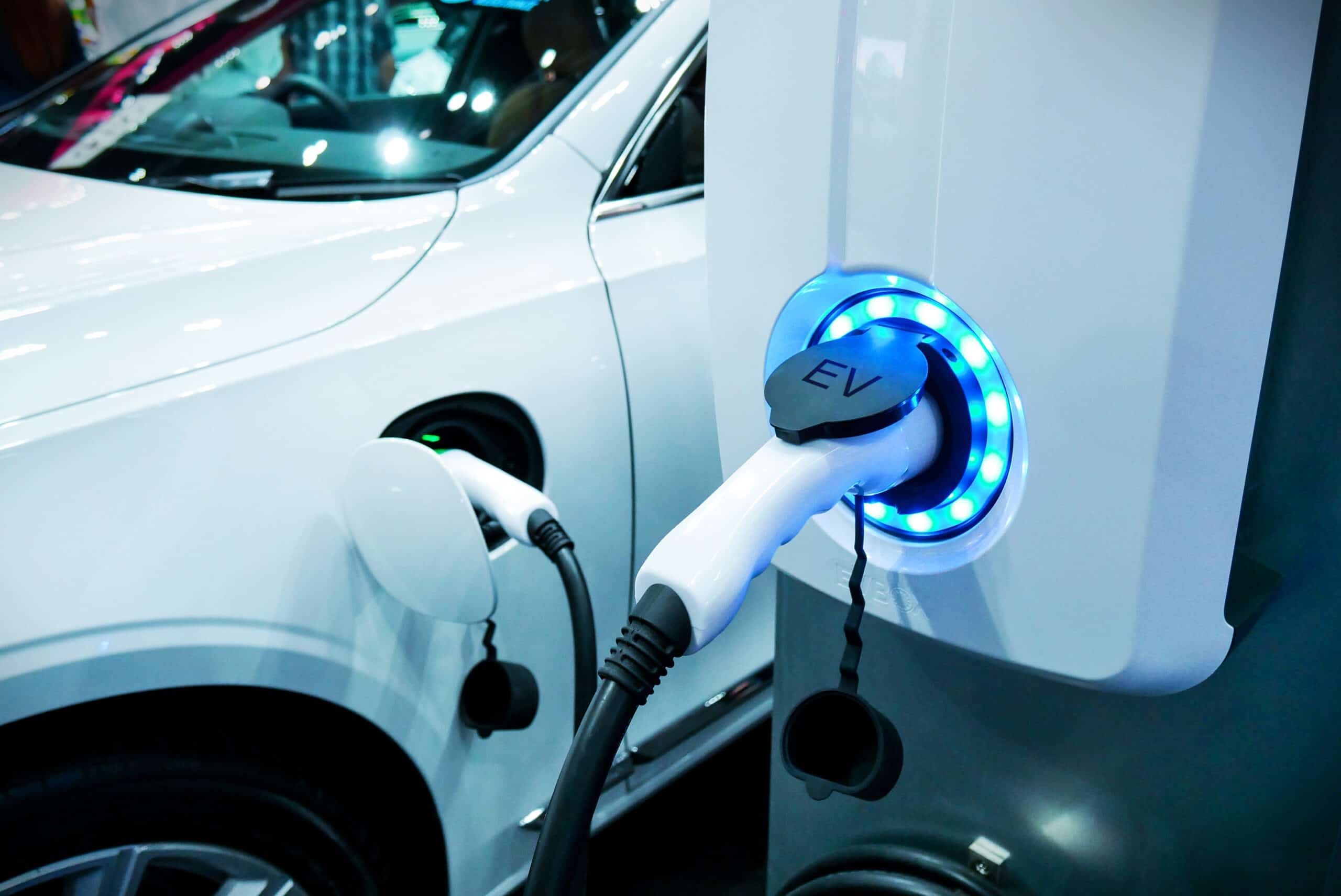
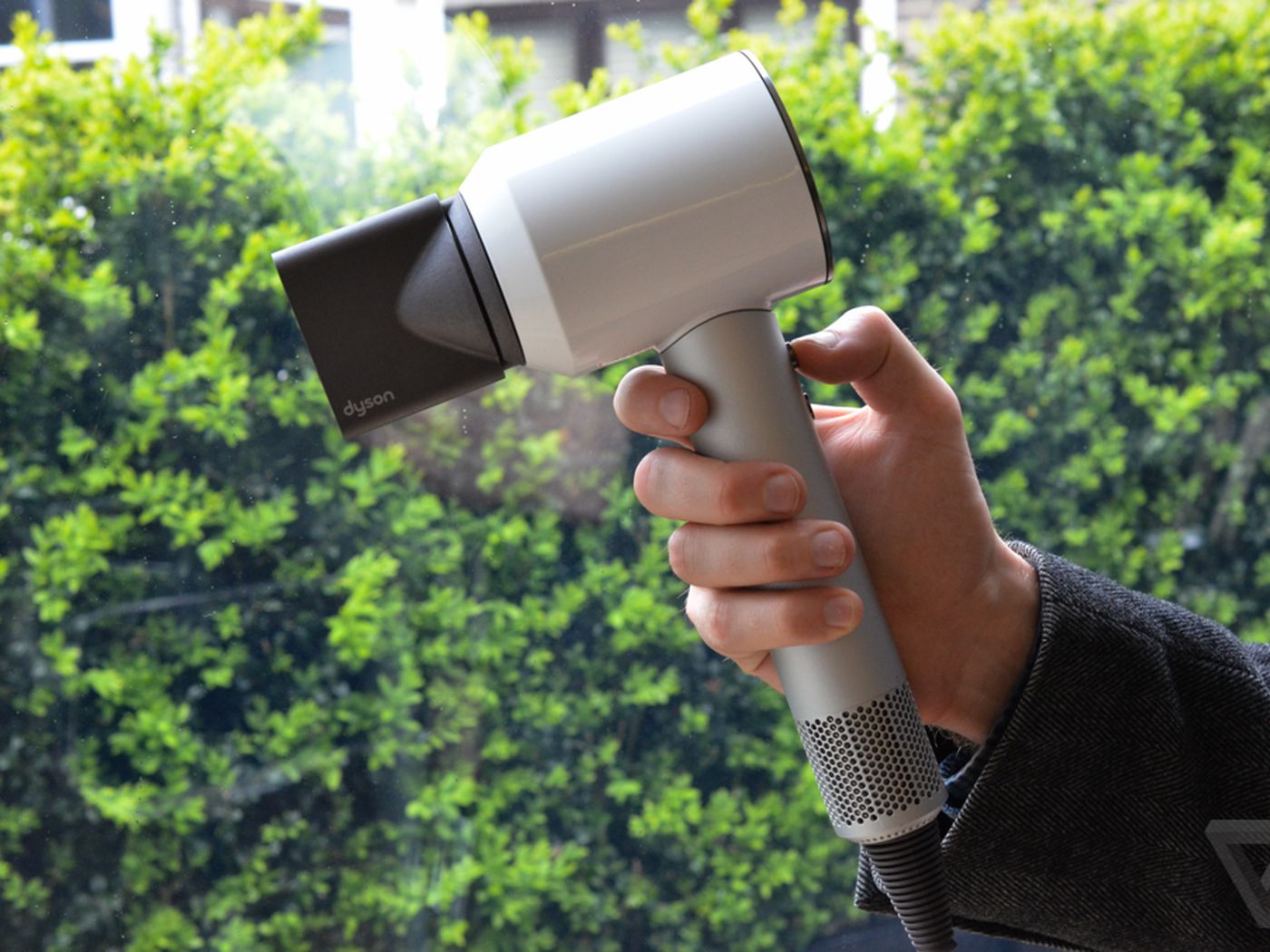
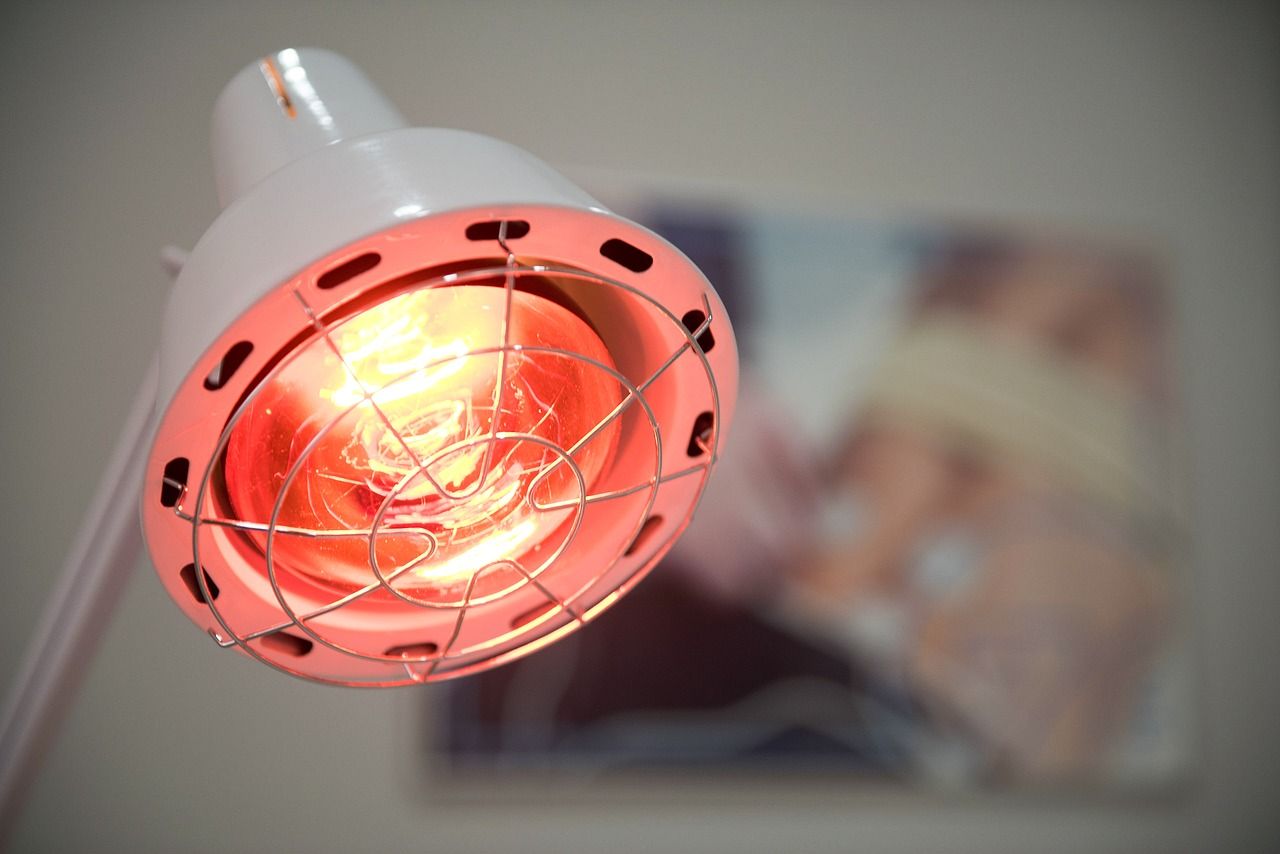
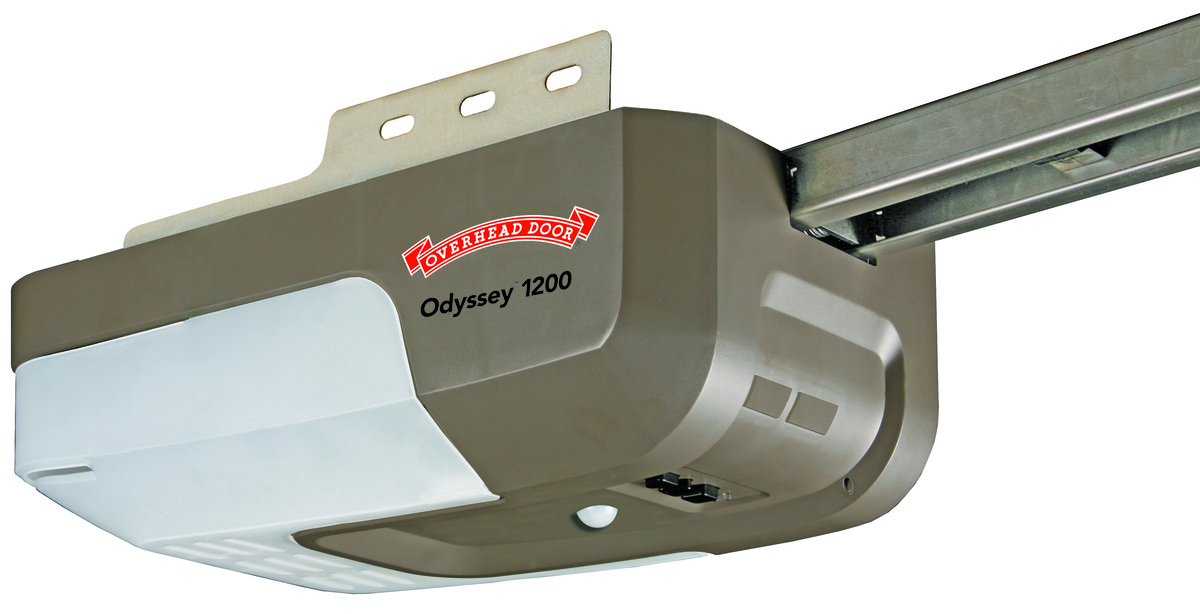
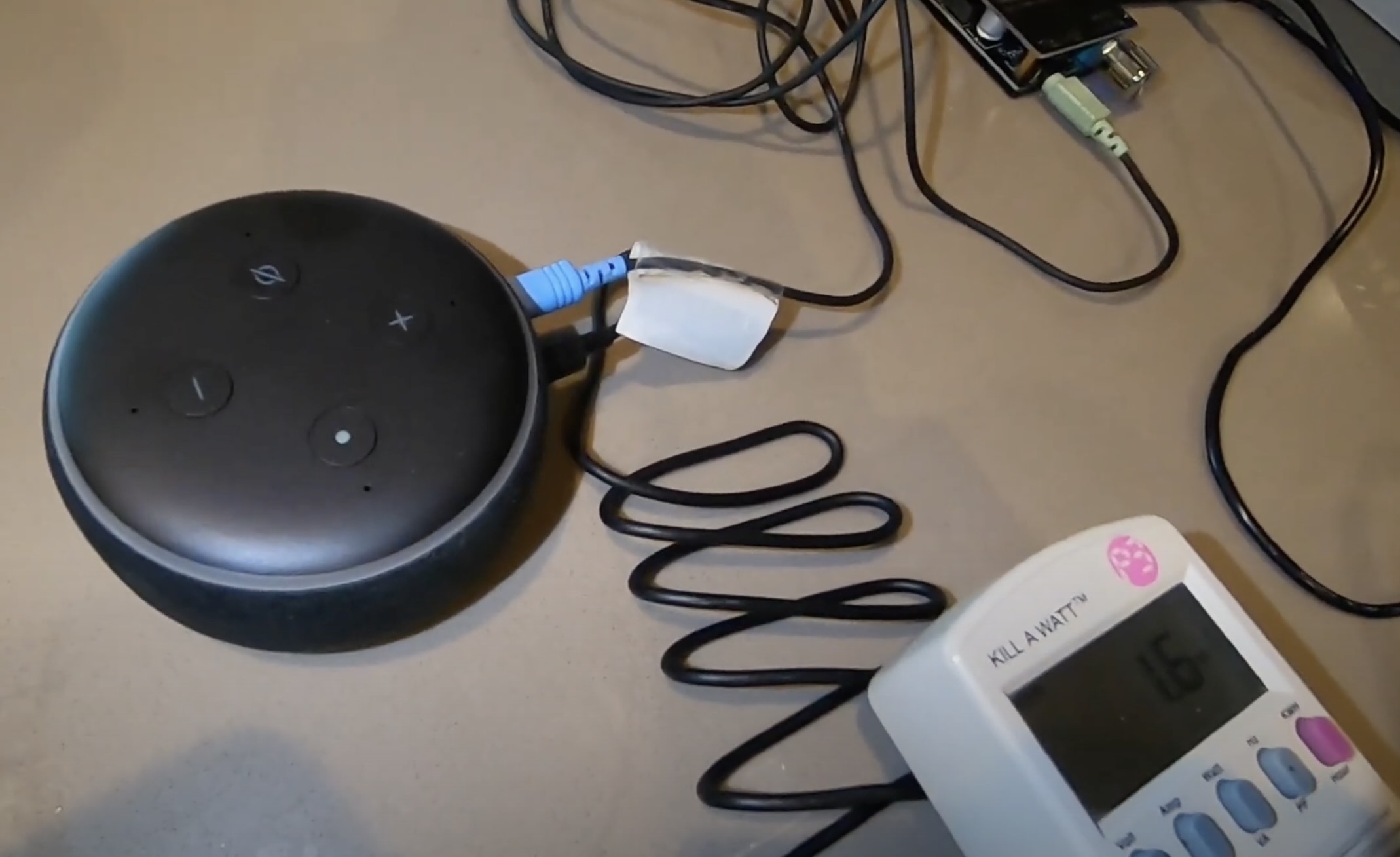
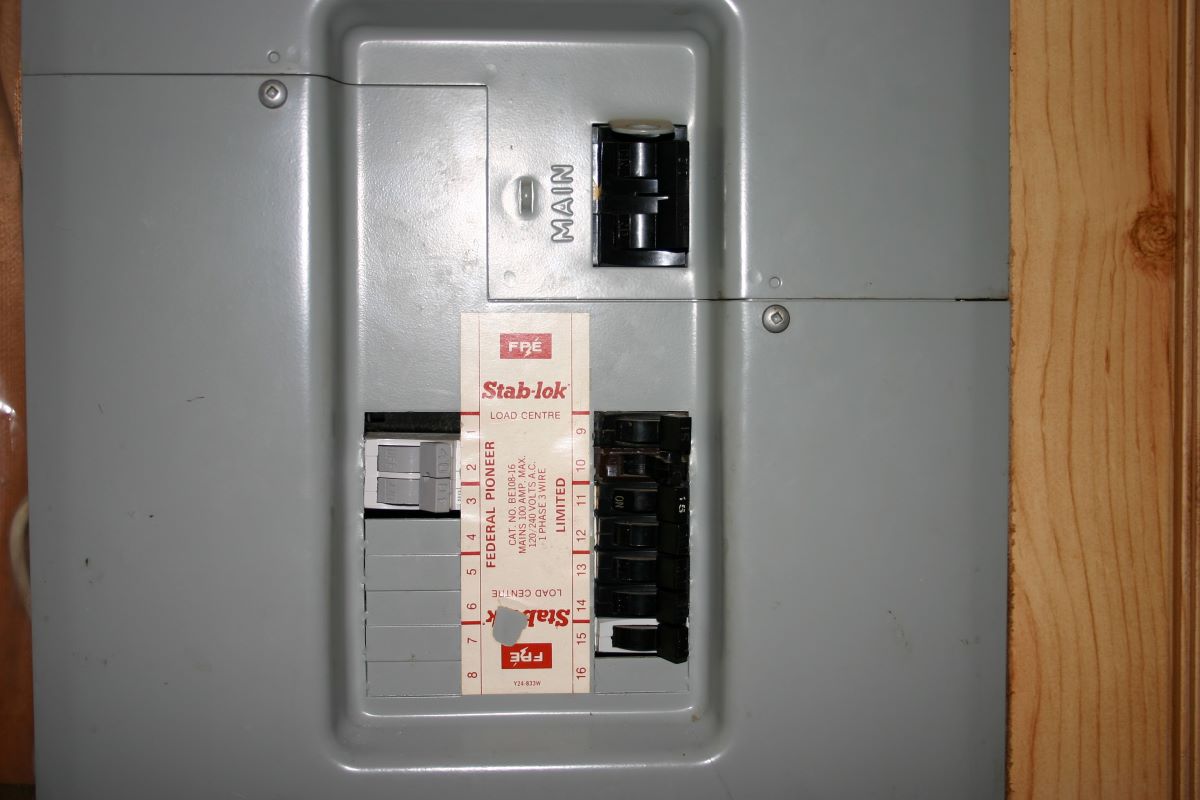
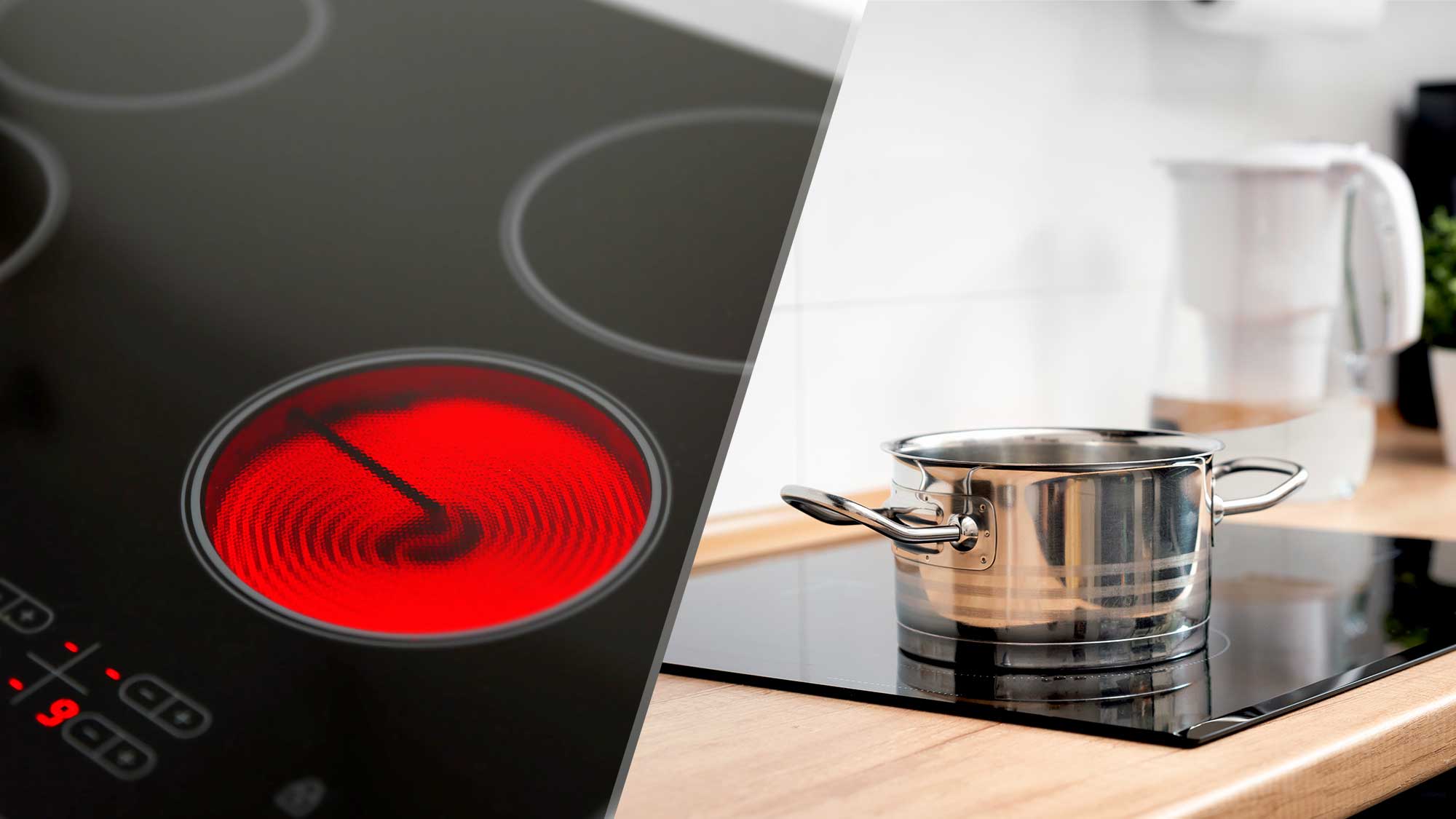
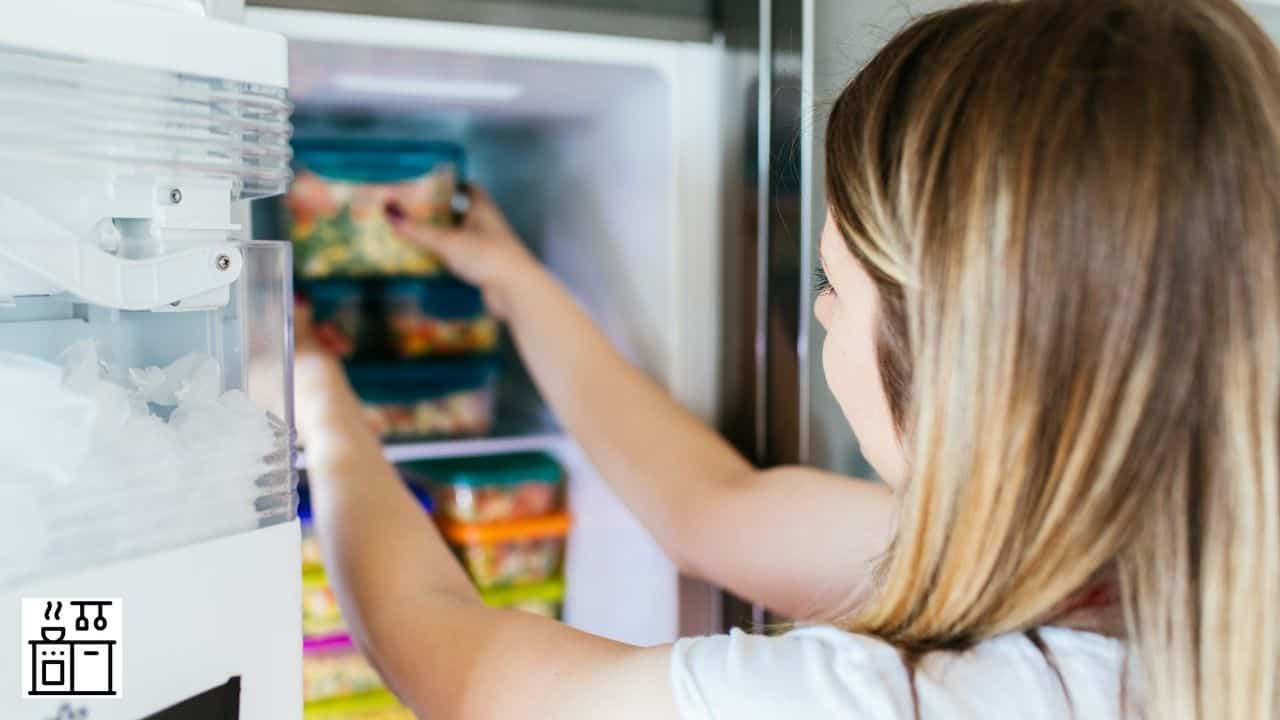
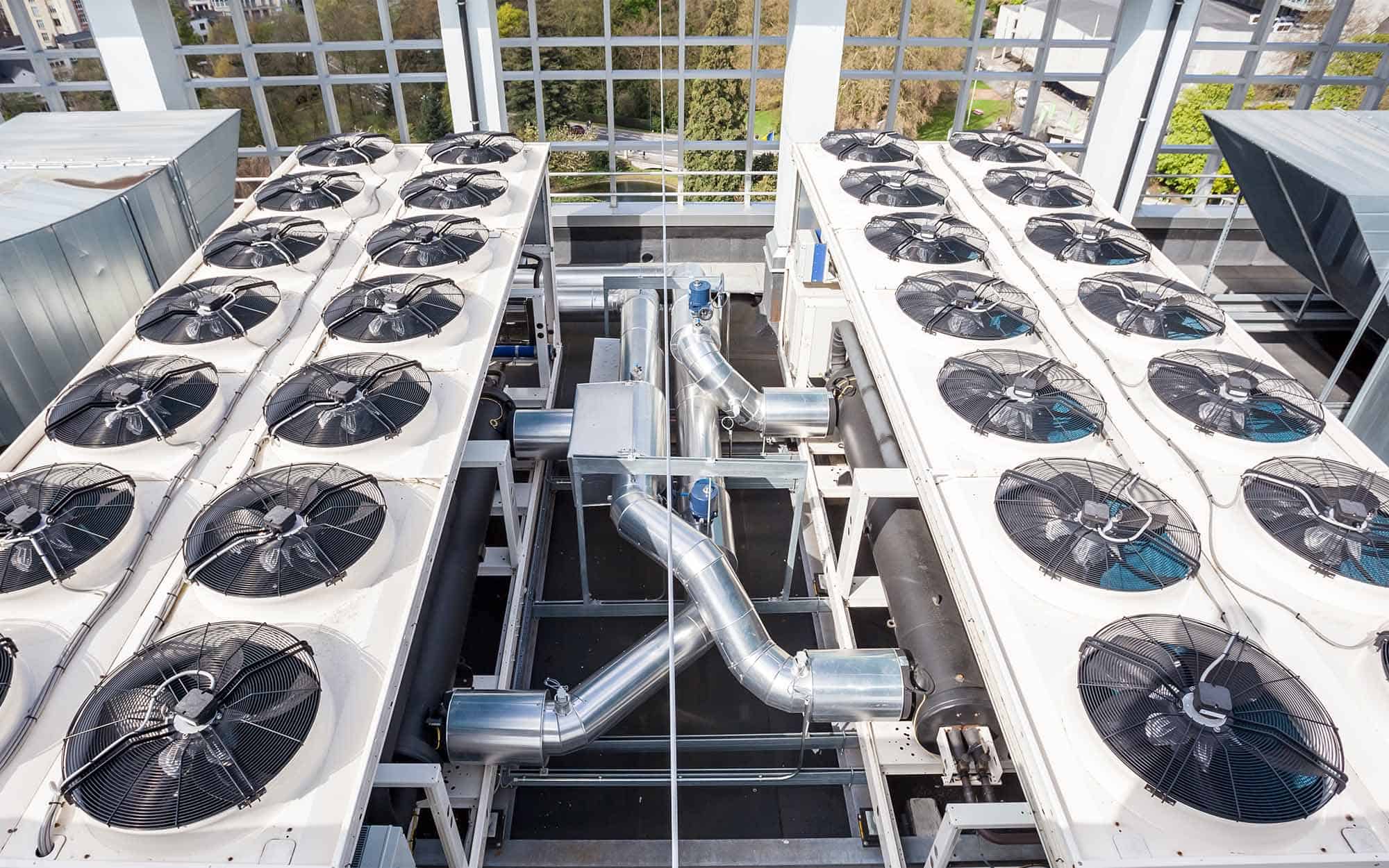
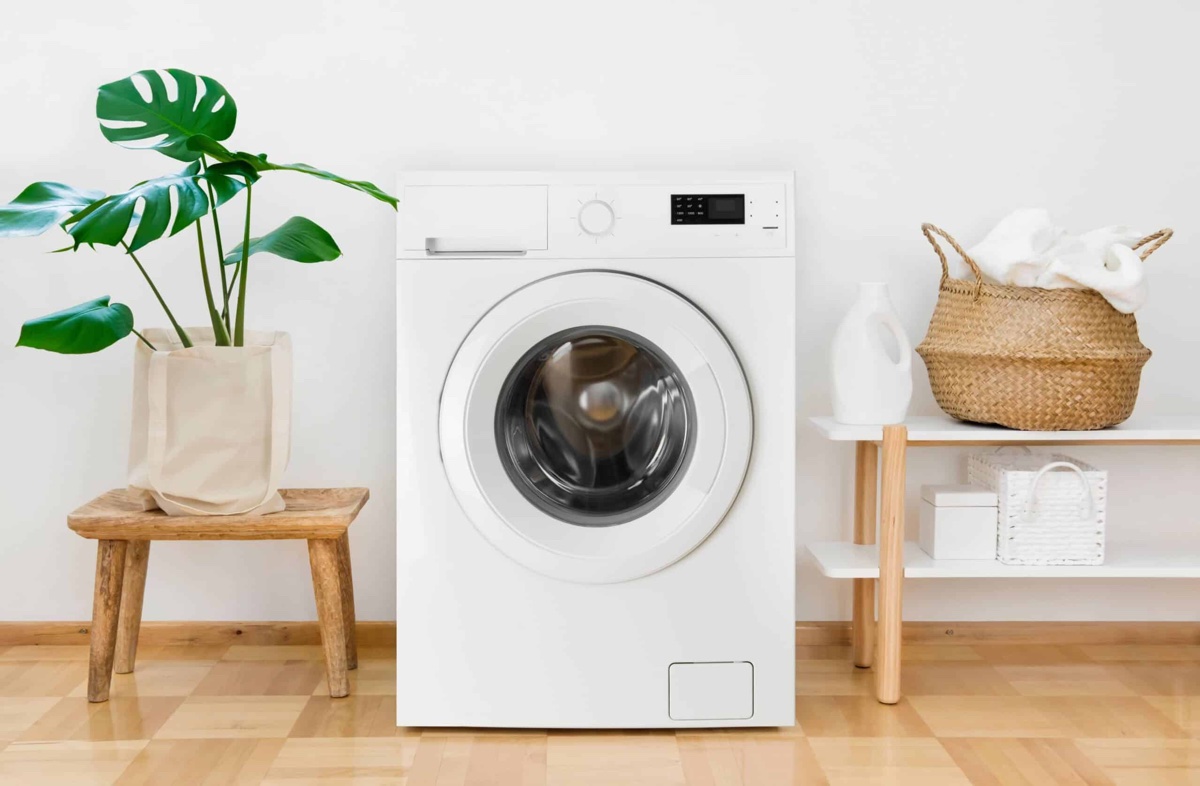
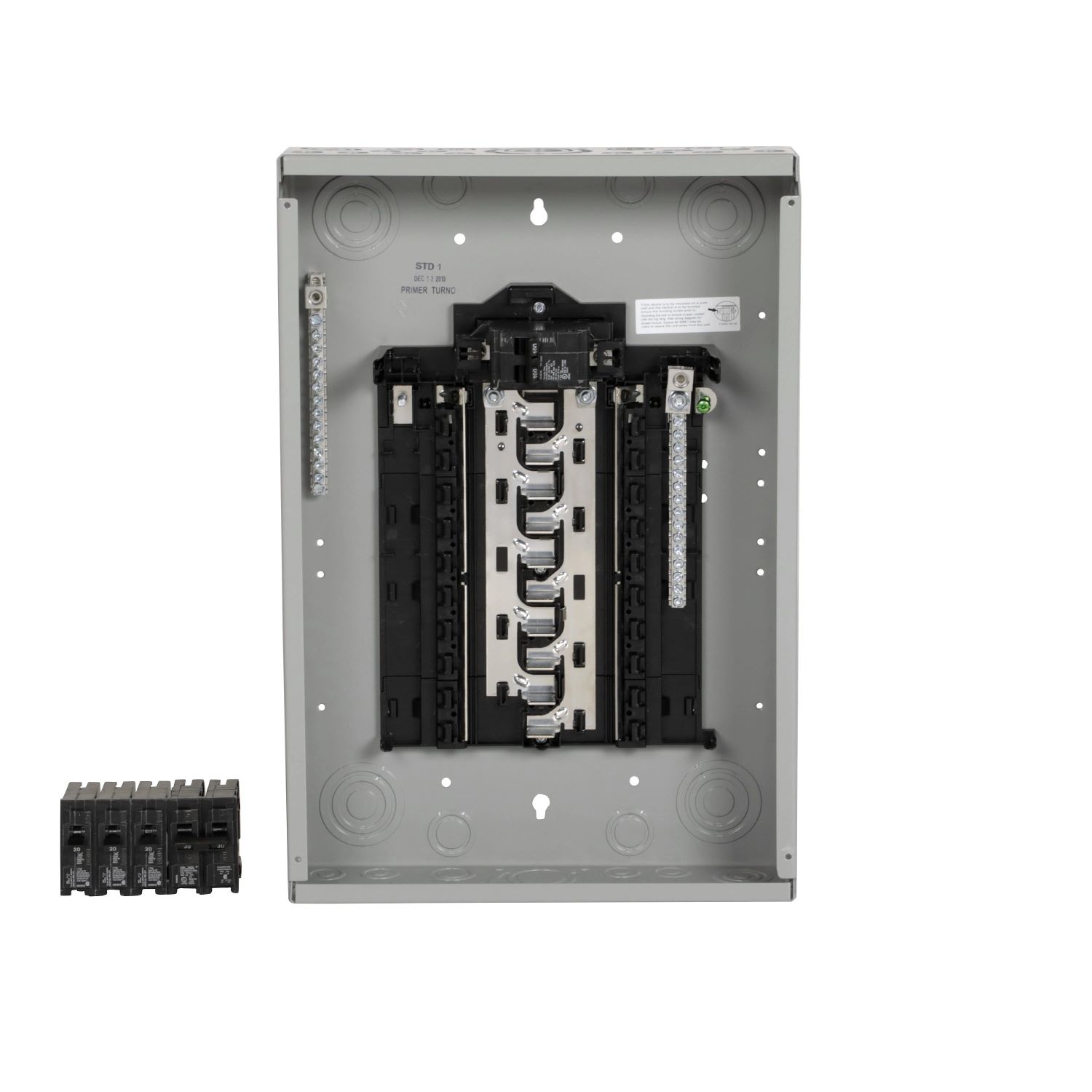

0 thoughts on “How Many Amps For Induction Cooktop”